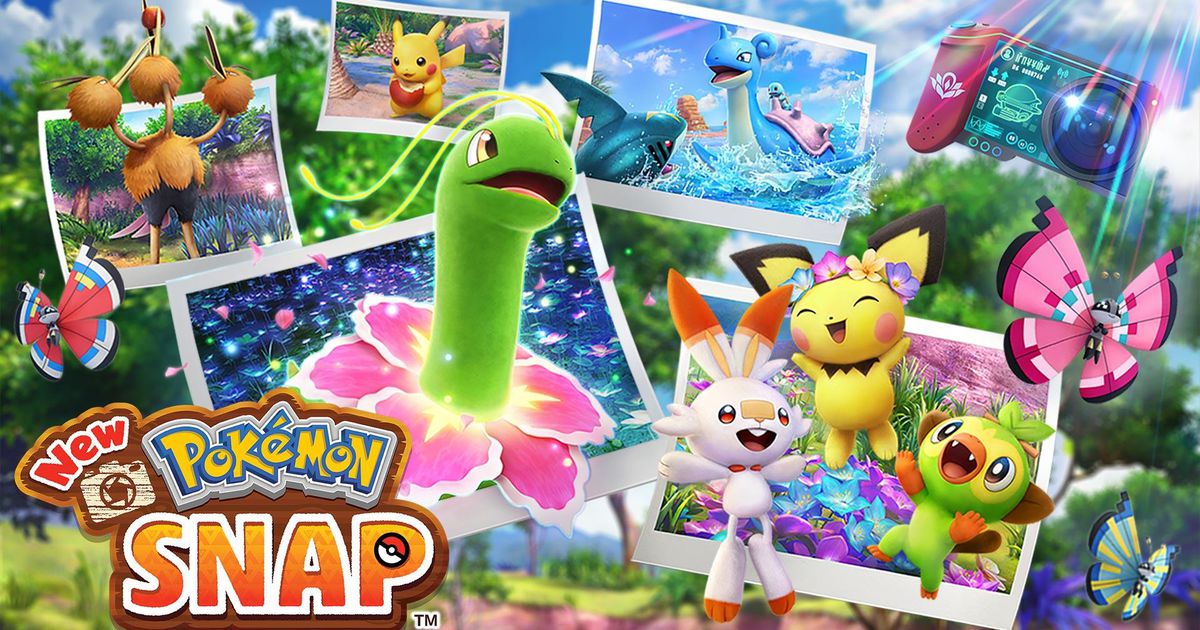
Nintendo
New Pokemon Snap is the long awaited sequel to N64 cult classic and, despite there being 22 years, 7 generations and roughly 750 new Pokemon since the original’s release, the fundamentals of the game haven’t changed much. You’re still inside a capsule vehicle that treks along a fixed path, your photos are still evaluated by a professor and, most importantly, it still rules.
Like many gamers who flocked to buy New Pokemon Snap on Friday, I played the original on the N64. My heart was excited for New Pokemon Snap, but my brain was weary. I had it all wrong. New Pokemon Snap is a reinvigorating vacation for your brain, one that works because it’s so full of heart. Remind you of anything?
Despite being a sequel, New Pokemon Snap reminded me of a completely different game: Animal Crossing: New Horizons. Like Animal Crossing, the appeal of New Pokemon Snap cannot be explained with words alone. Like Animal Crossing, New Pokemon Snap is more satisfying than it should be. Like Animal Crossing, New Pokemon Snap is just nice.
Since its announcement last June, New Pokemon Snap has been subject to consternation among Pokemon fans. In 2021 the Pokemon Snap concept, viable as a full-priced game in 1999, feels like it would be more appropriate as a free-to-play iOS/Android title. How would developers Namco Bandai pad the game out enough to make it feel substantial, without stretching the concept thin?
Watching Pokemon eat, sleep and play (or fight) is one of New Pokemon Snap’s consistent pleasures.
Pokemon Company
Snap ’em all
New Pokemon Snap is not a complicated game.
Your vehicle’s movement is fixed, so your only job is to look around and take photos. At the beginning Professor Mirror — for there is always a Pokemon professor — gives you a Photodex, which you’ll fill by taking photos of Pokemon. Mirror will evaluate your photos at the end of each level, giving you points based on factors like how large the Pokemon is and how centrally it’s focused.
The Photodex categorizes shots on a four-star scale. Each star represents different action: A photo of Pikachu sitting quietly may be one star, eating fruit may be two stars, letting off a thunderbolt three stars, playing with a Pokemon friend four stars. Different actions, different star rankings. To that end, you’re given a variety of tools — throwable fruit, lumination orbs, a scanner and a music box — to capture Pokemon in different actions and from different angles.
All of this tomfoolery is just a pretext to get you paying attention to details. And it mostly works well: Replaying the same levels looking for different angles of the same Pokemon or trying to elicit different reactions has an addictive quality.
The star rating divides different actions into different categories — it’s running in the one-star photo, listening in the two-star photo and so on. To complete the Photodex, you need to capture all Pokemon in four different states.
Nintendo Source
